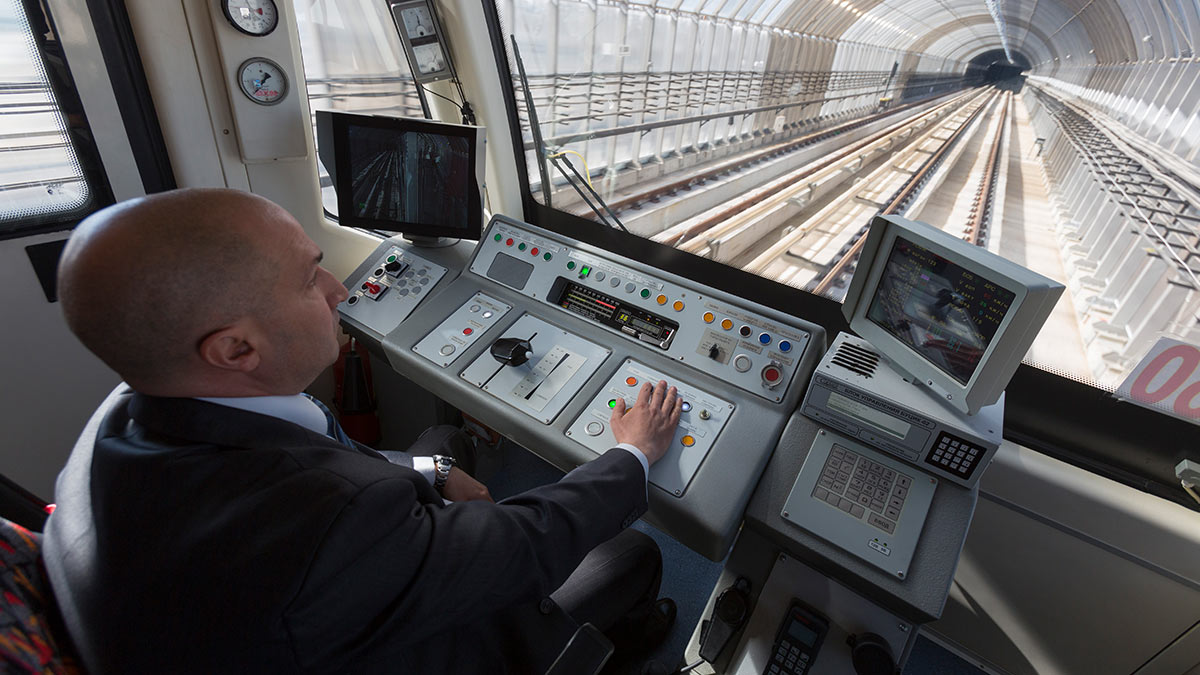IoT can help improve rail safety
- by 7wData

My New Jersey Transit train from Montclair pulls into Hoboken station a few minutes before 8am. Track #2. I've made this trip so many times I do it half asleep.
Little did I know that in less than an hour another train will pull into the station, but will not stop. It will careen through the safety bumper and crash into a platform filled with people, before coming to a rest at the edge of the historic waiting room building. The force of the crash causes the ceiling to collapse, and falling debris kills a woman waiting on the platform. More than one hundred people will be injured, including the train operator.
Both the reporting of a disaster and the management of the ensuring crisis has changed due to technological advances over the years. I remember the Hoboken crash like it was yesterday, even though it happened on September 29, 2016. Within seconds, half the cell phones in the conference room where I was about to start a meeting, the subject ironically being, "What to Do When the Reporter Calls", began beeping, signaling breaking news. Within minutes, pictures began appearing on social media, followed shortly by live videos from the scene.
The true promise of the Internet of Things is in the ability to prevent disasters from occurring in the first place. The idea is to empower the "things" so they can avoid hazards without, or perhaps in spite of, human help.
IoT defines a paradigm in which we are surrounded by intelligent "helpers". These connected instruments:
· Are aware of their state and their local environment.
· Are able to communicate with other nearby devices.
· Can change their state in response to changing circumstances.
New Jersey Transit (NJT) is the third-largest state-wide transit system in the United States. Many of its rail routes cover significant distances and operate in a wide-variety of weather conditions and over difficult terrain. To cope with these challenges, it uses heavy duty trains with electric and diesel-electric engines. The trains must be able to reverse direction at the end of a route, but often operate from terminals, like the one at Hoboken, which lack a turn-around loop. The solution is to place a "cab car" at the opposite end of the engine. This car carries passengers, but also displays the same data seen in the engine, allowing an operator remote control of the engine. Instead of turning the train around, the operator just walks to the other end and is ready to head out in the other direction.
With these features, the train is already equipped with most of what it needs to take an active role in disaster prevention. Only communications and control logic needs to be added to give the train the ability to change its state in response to threats.
The National Transportation Safety Board (NTSB) has issued only a preliminary report on the Hoboken crash.
[Social9_Share class=”s9-widget-wrapper”]
Upcoming Events
From Text to Value: Pairing Text Analytics and Generative AI
21 May 2024
5 PM CET – 6 PM CET
Read More

